By: CropLife International
While causing temperatures and water levels to rise, climate change is changing agriculture for the worse. As a result, plant science technologies are needed more than ever. Watch and share this series of GIFs to see why.
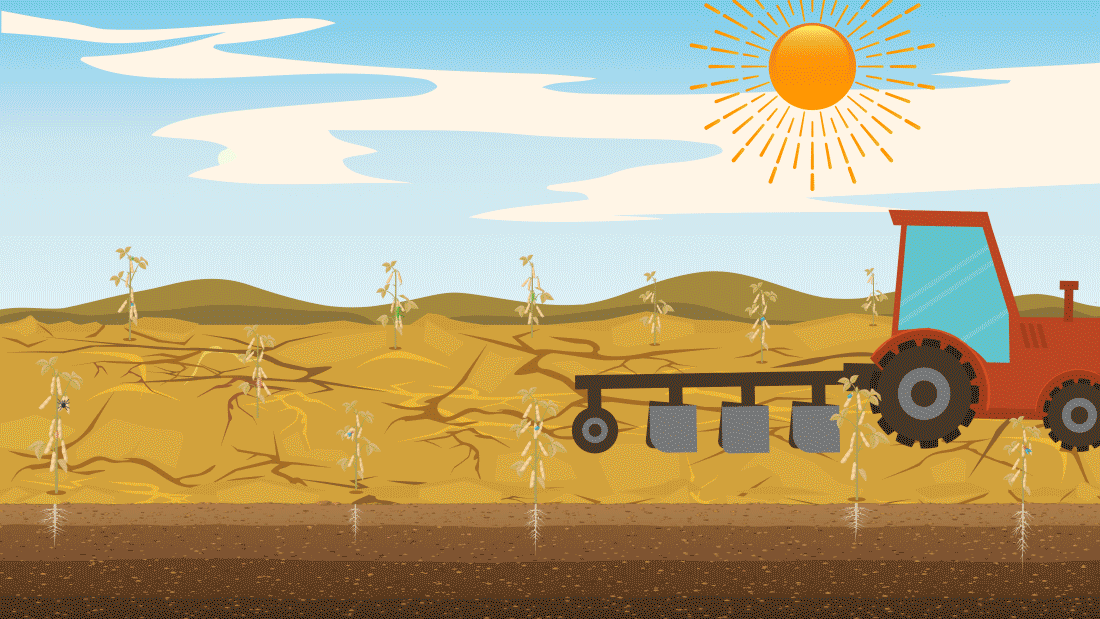
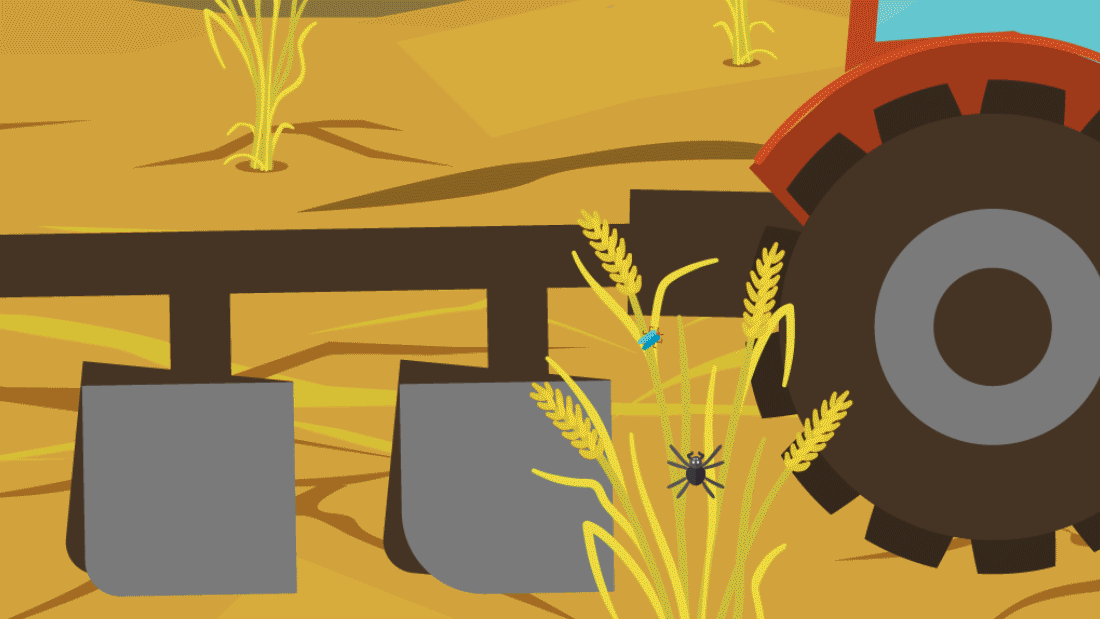
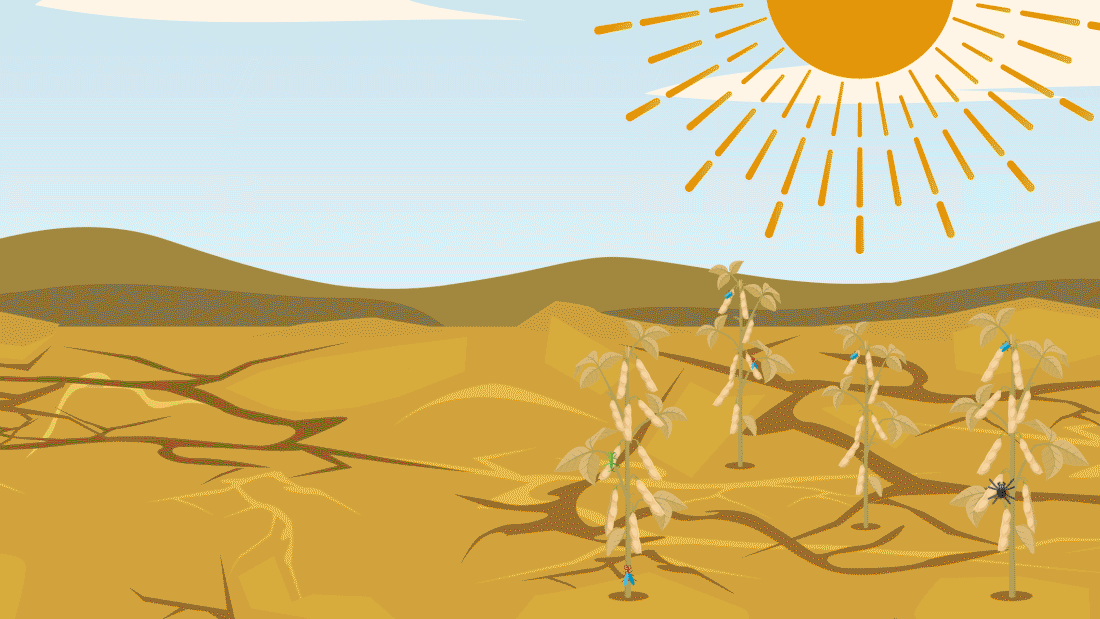
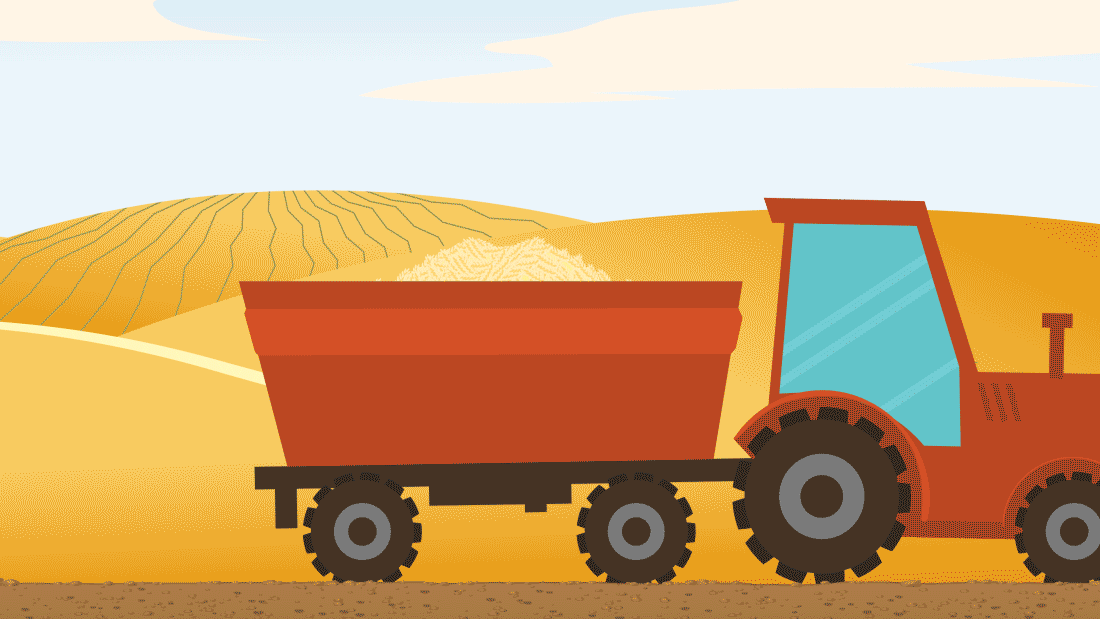
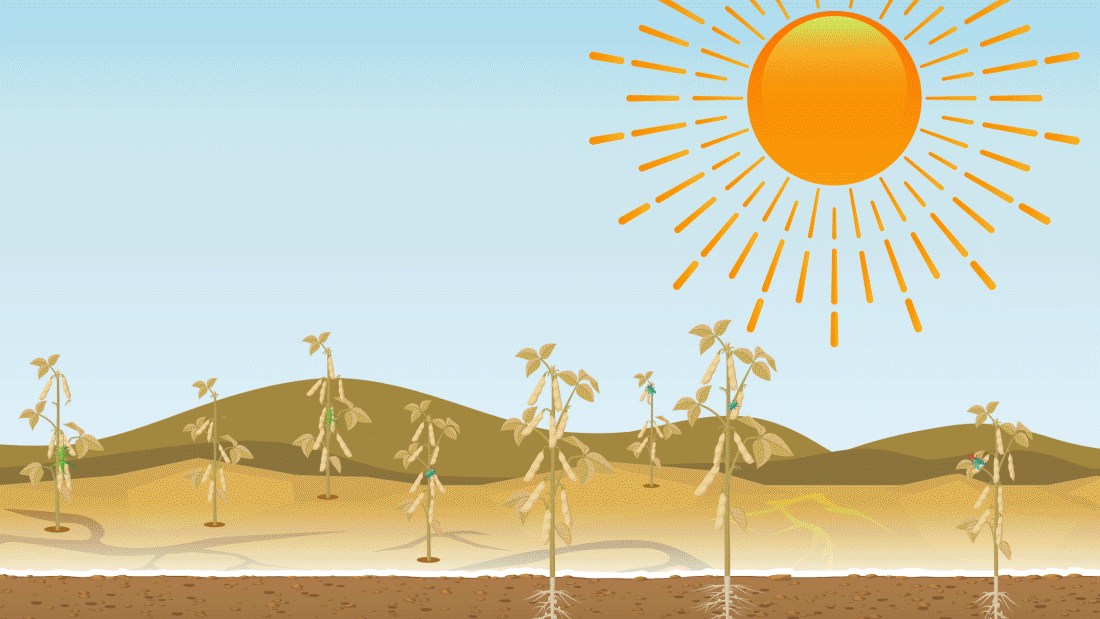
By: CropLife International
While causing temperatures and water levels to rise, climate change is changing agriculture for the worse. As a result, plant science technologies are needed more than ever. Watch and share this series of GIFs to see why.





By: CropLife International
The amount of food lost or wasted every year presents countless problems for society, such as threatening food insecurity, and recent events have highlighted how serious this can get.
But what do we mean by ‘lost’ and ‘wasted’, how exactly can it increase the risk of food insecurity, and how can plant science help reduce food loss and waste?

By: CropLife International
Consumers are changing their diets to try and help mitigate climate change. As they make sustainable choices, plant science is helping too! Check out the infographic to learn how.
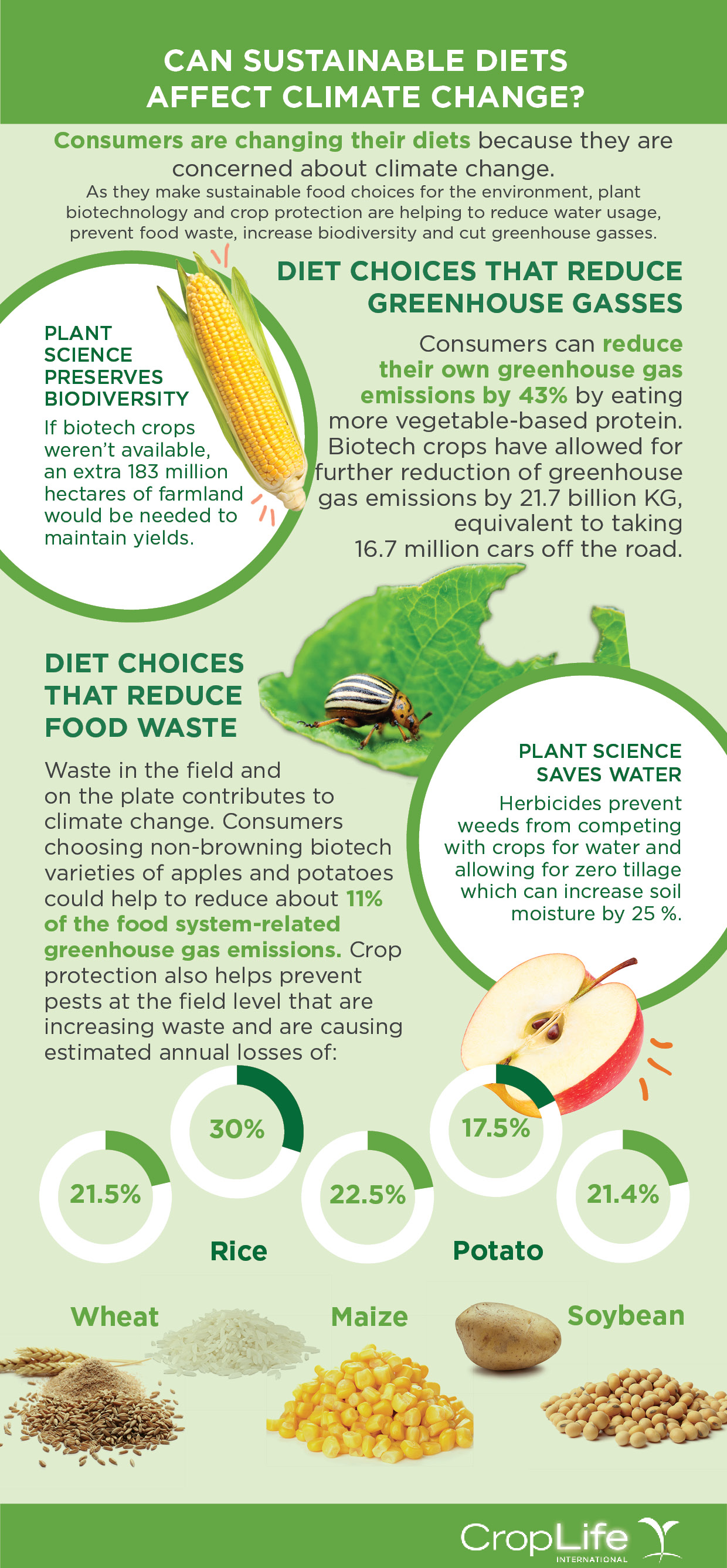
Download the PDF.
This content was taken from CropLife International website. You may check the link here.
By: CropLife International
We rely on crops for more than just the food we eat – we also need them for the clothes we wear. More traditional textiles are made from crops like cotton and linen, but did you know fabric could be made from pineapples and bananas?
Unfortunately, these unexpected fiber crops are still susceptible to pests and diseases. Learn about these cool clothing crops and what plant scientists are doing to protect them:

Pesticides help protect this tasty and useful tropical fruit.

Plant science protects straw so it can protect you from the sun.

Saris can be made from banana silk and fungicides help keep this vegan silk alternative available.

Cork trees are susceptible to disease. Plant science keeps your shoes and those trees standing tall.

Nettles are hardy and can attract beneficial pest-predators as part of an Integrated Pest Management strategy.
By: CropLife International
How are we going to feed the world in 2050? Through sustainable, global agriculture solutions. Learn more with these Five Facts from the FAO about the population:





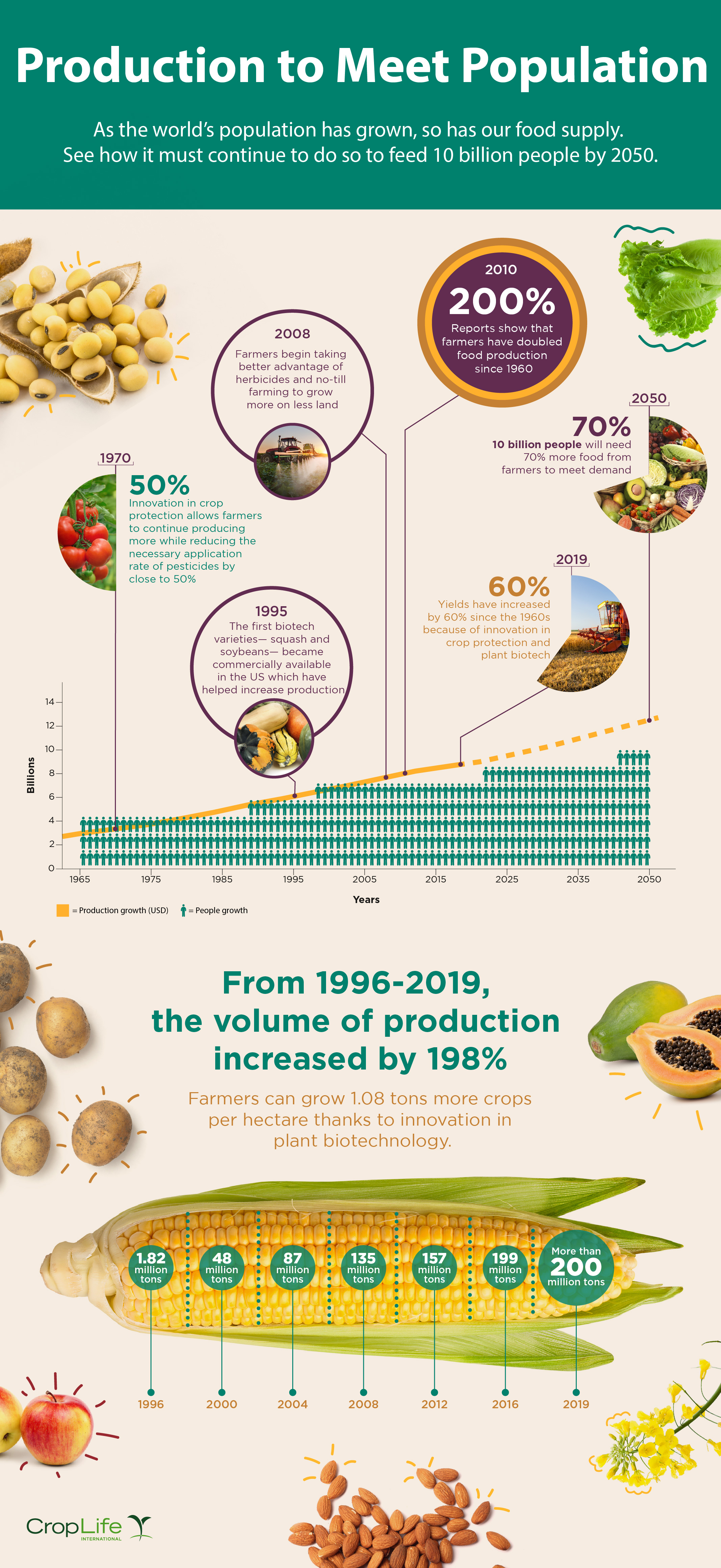
By: CropLife International
The world is changing fast, and we must adapt. Read how plant scientists and farmers are leading the way in ensuring the world’s food is secure as our environment changes.





